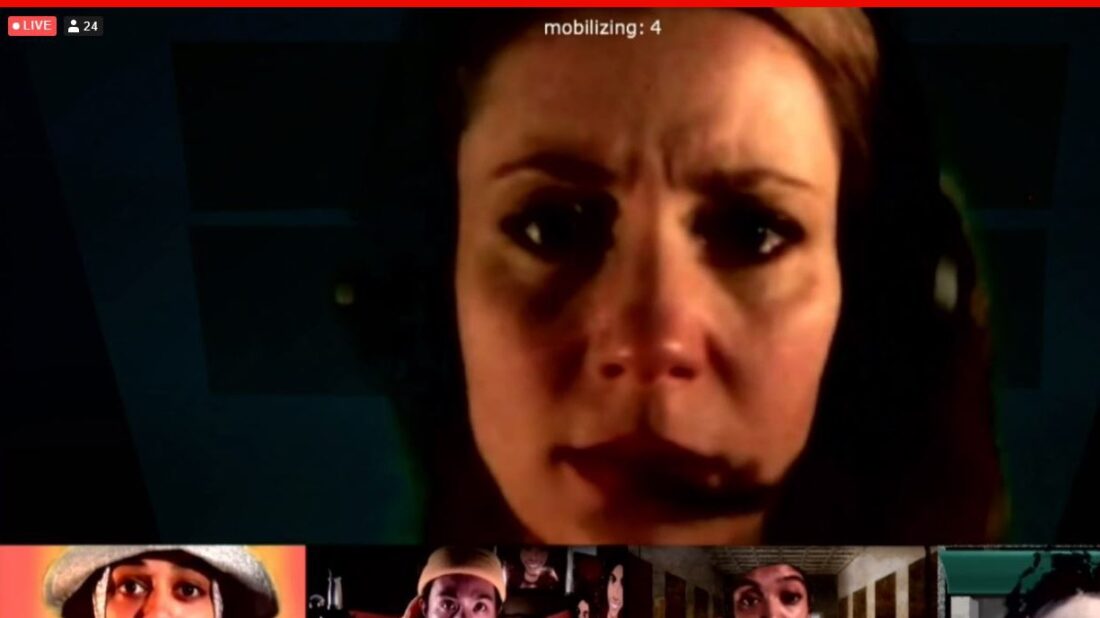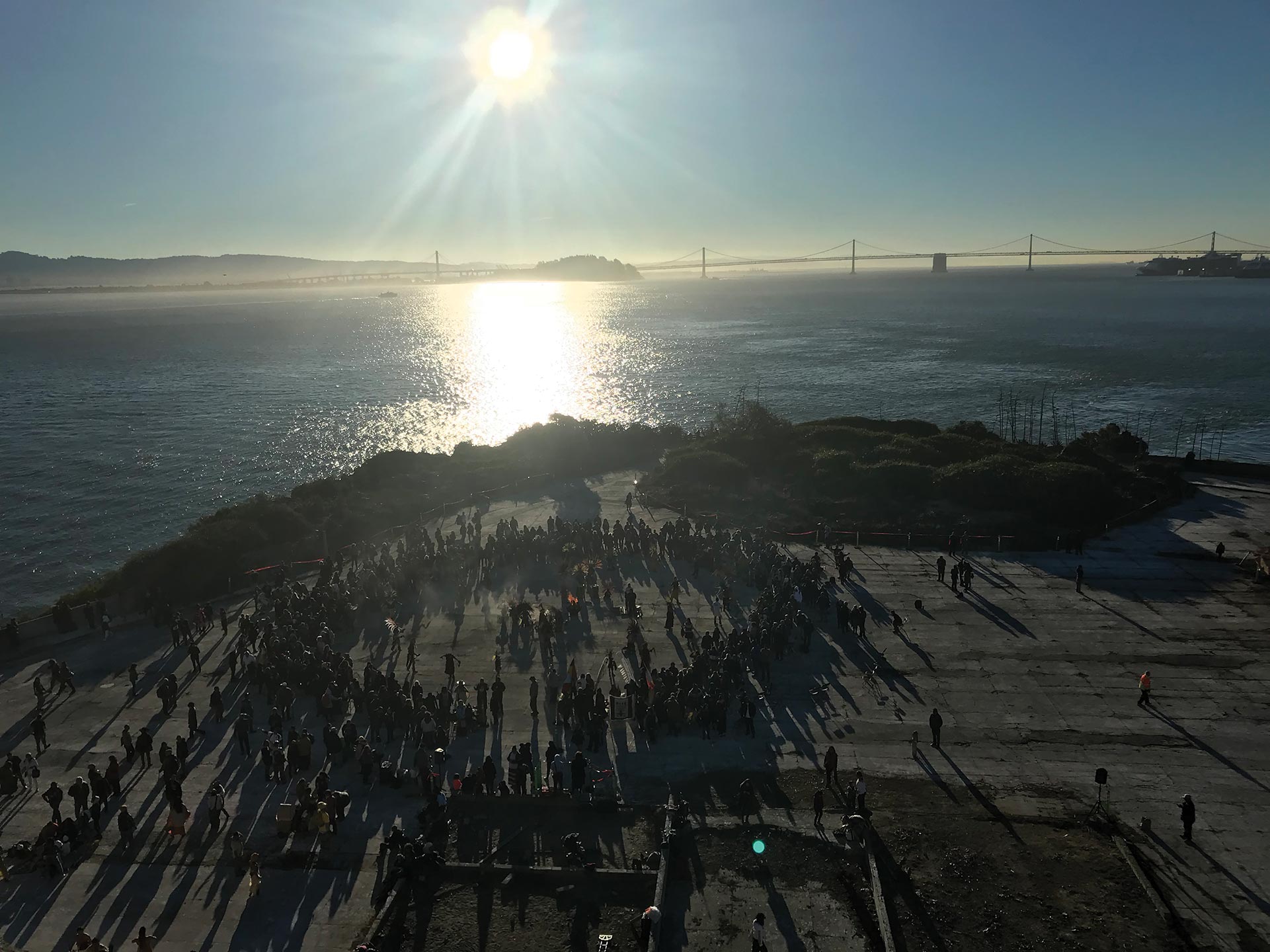Theatre Passe Muraille with Toasterlab and Cohort
Presented Sep 2020 Theatre Passe Muraille, Toronto, Ontario, Canada
Summary of Project:
This workshop explored ways to improve access to ASL interpretation & translation during live performances through the use of digital technologies such as Augmented Reality and mobile devices. Tsholo Khalem and Samson Bonkeabantu Brown generously collaborated with this effort as part of their production of 11:11 at Theatre Passe Muraille.
Description of User Experience:
Mobile phones turned into VR Headsets using a plastic housing that created a VR pass-thru experience. The workshop system was built off Cohort Bridge that uses Qlab to send information to mobile devices.
Identified “Best Practices” for Mixed Reality Production:
- It is important to start by asking questions. In this project, a developer might make an assumption about what an ASL-interpreted performance looks like, but if they have never seen one, they may have no idea. Questions can reveal these gaps in knowledge.
- Feedback was given by the ASL interpreters throughout the one-week workshop, and by the audience who experienced the performance.
- Early on, ASL interpreters thought that there should be an interface, to allow spectators to choose between the captioning and the video of the ASL interpreter. This informed the development of the software.
- Hybrid meetings–meetings where some members are co-present in a live space and others are attending remotely–are very difficult. Not having enough microphones or video feeds makes it difficult to communicate.
- When working with technology, take a practice that has been developed for a live context, and explore how that technology might make that practice cheaper, improved, or more accessible (depending on the goals of the team). It is important to start with an established live practice, as technology cannot transform a bad practice into a good one.
- This project relied heavily on Theatre Passe Muraille’s history of experience developing and delivering ASL interpretations, as well as the connections that the company has made.
- The live audience at the end of the workshop responded with generally positive feedback, and the interface worked as intended. Some noted that it is very important to have a deaf or hard-of-hearing person on the development team, and that this is a significant gap in this project’s methodology.
- Augmented Reality headsets caused problems with focus. Spectators need to either focus on the performance or the visual element that is imposed directly on their field of view. Eyes cannot focus on both at once. The team “hacked around” to mitigate this problem, but it was noted that this problem was unresolved.


